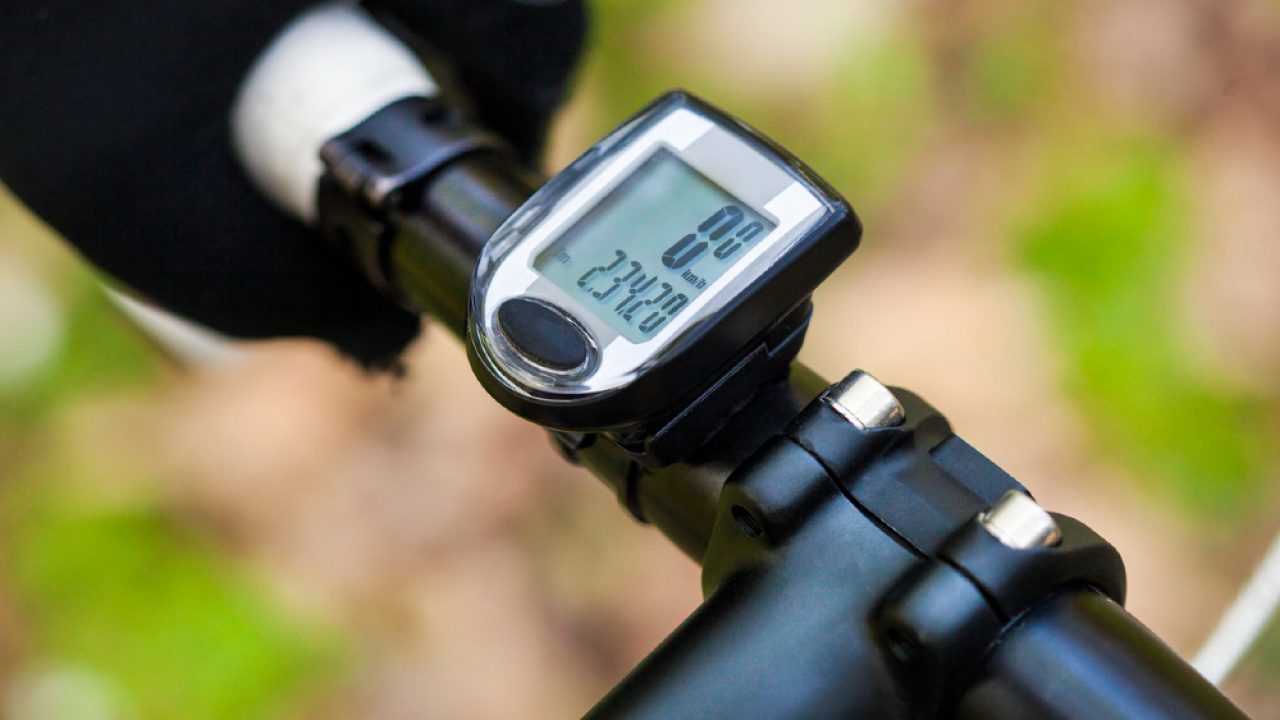
Home Reviews Computers & Accessories The Best Bike Speedometer to Keep Your Speed In Check
TechJunkie Expert Recommendations
TechJunkie is supported by our readers. When you make a purchase through our links, we may earn a commission. Read More.

We may earn a commission if you make a purchase through one of our links. The newsroom or editorial staff was not involved in the creation of this content.
Managing your car’s speed is easy with a dashboard full of meters and gauges. But when you are on a bike, you can only judge your speed by how hard you are pedaling or how fast it feels. Thankfully, using a bike speedometer is a simple way of learning your cycle’s speed and mileage. Bike speedometers used to be simple devices designed to indicate the speed of a bicycle, but the modern units manufactured nowadays do much more than that. Depending on the model, a bike speedometer can also track your location, distance traveled, time, and more. That said, because of the number of products on the market, it can be difficult to find a good one. That’s why today we are looking at the most-popular bike speedometers in 2023. Have a look!
The Garmin Edge 530 is a feature-rich speedometer designed for fitness enthusiasts. It is a small and lightweight device that boasts a bright and responsive touchscreen display, making it perfect for any biking session. The best part about this bike speedometer is how it tracks everything from speed to food intake and hydration, providing an excellent overview of your fitness and health. It is also GPS-enabled with a feature that highlights some popular routes, helping you explore new neighborhoods like a local. We rated it as our top pick for its amazing features, accuracy, and long battery life.
Bike speedometers can be quite expensive, but the SY Bicycle Speedometer is a model that easily fits most budgets. And, being the budget pick doesn’t mean it is lacking in any way. This bike speedometer features a back-lit LCD for easy readability and it tracks all the classic metrics like time, speed, and distance. We really like it for its compact size and waterproof construction — you can use it in all weather conditions without any worry. It’s also surprisingly simple to hook up, taking only a few minutes of your time before you’re ready to hit the road!
Our next pick is a wired bike speed detector for cyclists who are new to bike computers. The CATEYE Velo 7 is a simple to use device that covers all the basic metrics — speed, time elapsed, and distance traveled. It displays two metrics on the screen, one is always the current speed, while the second one is customizable. While this device does not have a touchscreen, the mode selection button located below the display allows you to rotate between other metrics. It is a simple, no-frills device that is a mighty contender for leisure riders.
The Kastewill Bicycle Speedometer is a durable option for riders into performance biking. Its wireless design doesn’t complicate your cycling experience with long cables extending down towards the wheel. Plus, the compact unit blends seamlessly with your handlebars. We especially appreciate the large display screen which makes it easy for you to see the statistics of each ride. For even more convenience, the display is back-lit and lights up for nighttime viewing. And, to ensure using it is quick and simple, this bike speedometer has only two buttons for switching between speed, distance, and time information.
If you don’t want a speedometer on your handlebars, our next pick is sure to interest you. The Wahoo Cycling Speed Sensor is a standalone bike speedometer that connects with your phone over Bluetooth. It displays your speed and cadence measurements and works with both iPhone and Android phones, as well as with compatible bike computers. This low-profile gadget is easy to mount and blends seamlessly with the wheel’s hub, so you can get right to riding without a lengthy setup process. And you also don’t need to worry about it weighing your wheel down because of its sleek, lightweight design.
Yes, bike speedometers are usually quite accurate. Just make sure you have put in the correct wheel size while setting yours up.
Yes, it is possible to use your smartphone as a bike speedometer. There are many applications available that give real-time information on how your bike is performing. Some even make use of the cell phone’s GPS, allowing you to track your location as you ride.
Wireless speedometers come with a magnet and a sensor. The magnet is attached to the wheel of the bike, while the sensor is equipped on the fork of the wheel. Now every time the magnet passes, the transmitter in the sensor generates a signal. The speedometer measures the time lapse between the signals and uses it in correlation with your wheel dimensions to calculate your speed.
If you don’t see an app that should be here, let us know what it is